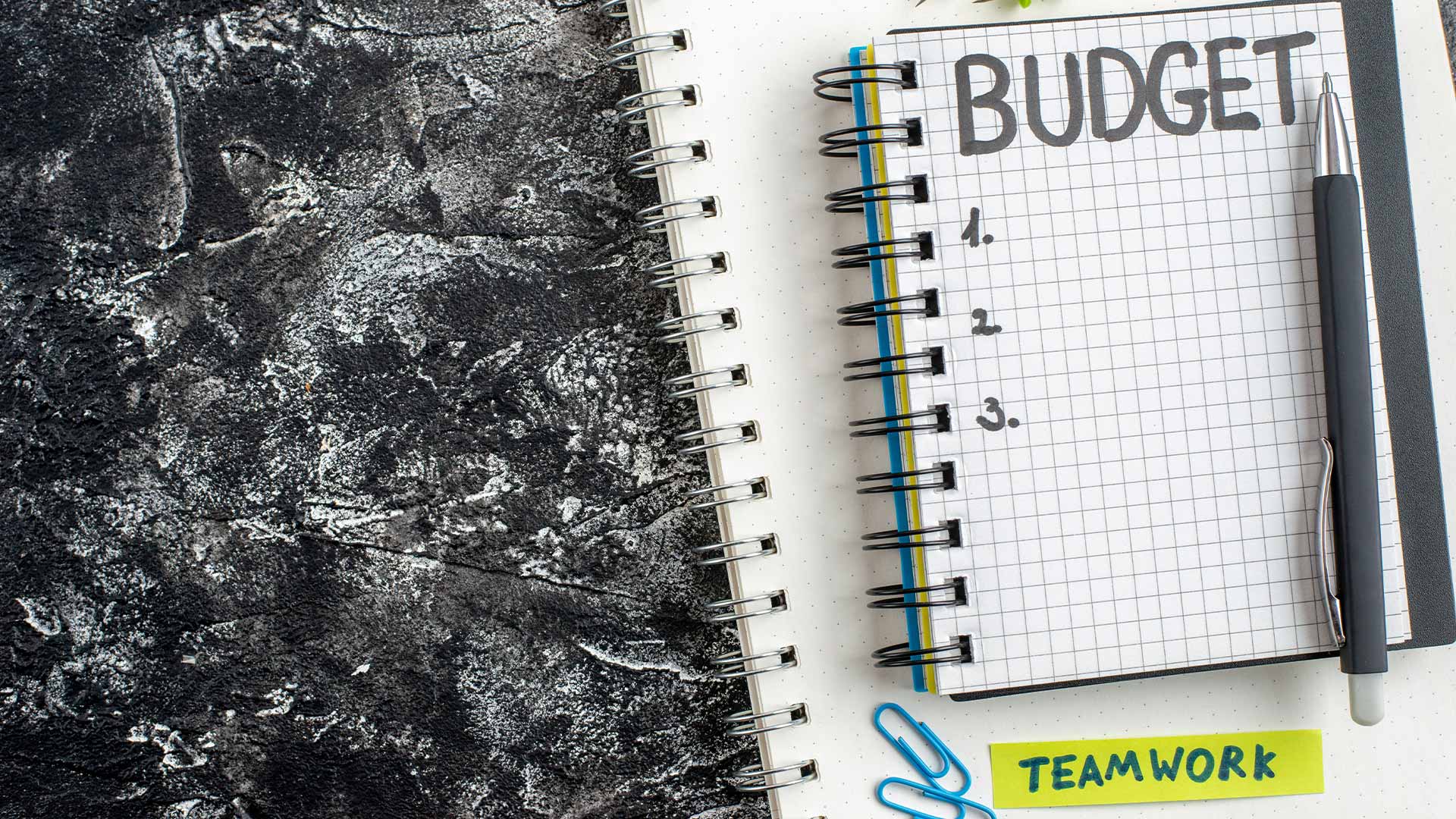I’ve tried to budget more times than I can count. Every January I’d swear this was the year I’d get it together. I downloaded apps, built spreadsheets, color-coded categories--you name it. And still, by February? I was back to wondering where my money went.
Eventually, I realized it wasn’t about finding the “perfect” budgeting method. It was about finding the one that actually fit my personality and habits. So I tested four popular styles--really tried them--and here’s what happened, what I learned, and what I finally stuck with.
Style 1: Traditional Monthly Budget
What it is: You estimate income and expenses at the beginning of the month, create categories, and assign amounts. Think: groceries = $400, rent = $1,200, entertainment = $100.
Pros:
- Easy to understand
- Matches calendar month
- Works well for people with stable income and routine expenses
Cons:
- Too rigid if your income or schedule fluctuates
- Tough to stick with when something unexpected comes up
- I always felt “off” by the second week
My verdict: It felt clean and structured... until real life happened. I would overspend early in the month and spend the rest trying to make the numbers work. Too much pressure on predictions.
Style 2: Envelope System (Digital Version)
What it is: You divide your money into envelopes (or digital categories). When one’s empty, you stop spending from it. Every dollar has a job.
Pros:
- Great for awareness and control
- Makes you more intentional with spending
- Easy to set up with apps like YNAB or Goodbudget
Cons:
- Requires regular tracking or syncing
- Felt limiting with categories like dining out or gifts
- I had to keep shifting money between envelopes, which got annoying
My verdict: Super effective when I was engaged--but I got “budget fatigue” quickly. I didn’t like the micro-managing feeling it gave me after a few weeks.
Style 3: Paycheck-Based Planning
What it is: You budget every time you get paid instead of by the month. You plan what to cover with each check--bills, spending, savings--and start fresh next payday.
Pros:
- Aligns better with cash flow
- Easier to manage short-term priorities
- Felt more flexible than monthly planning
Cons:
- Requires check-ins every 1-2 weeks
- Can feel repetitive
- I sometimes forgot to plan for the next check
My verdict: Honestly, this worked better than anything else for timing. But I had to be really consistent about sitting down on payday or I’d fall behind.
Style 4: One-Number Weekly Budget
What it is: After bills and savings, you give yourself one number per week--like $200--to spend however you want. No categories, just a cap.
Pros:
- Easiest to track
- No need to log every transaction
- Guilt-free flexibility
Cons:
- Not great if you have unpredictable bills
- Easy to overspend if you forget to reset weekly
- Doesn’t encourage savings unless automated
My verdict: This was the first system I didn’t hate after two weeks. It matched my energy level. I didn’t dread it. But I had to combine it with some automation to make it sustainable.
What Finally Worked: My Hybrid System
After trying these four, I realized I didn’t need to pick just one. I built a simple hybrid that combines the best parts of each:
1. Paycheck planning for timing: Every payday, I sit down and decide what to cover--bills, savings, and a flexible spending number.
2. Weekly one-number system: I give myself a flat amount to spend each week on day-to-day stuff. I track it in my head or in a notes app.
3. Auto-transfers for savings: I don’t wait to decide--my bank moves money to savings automatically every payday.
4. Monthly check-ins: I look at trends once a month just to see where my money went, but I don’t obsess daily.
Lessons Learned
- The best budget is the one you’ll actually keep doing.
- Simplicity beats complexity every time.
- Flexibility keeps you engaged longer than rigid rules.
- Automation helps when motivation dips.
- You don’t have to track every dollar to be in control.
Final Thought (Without Being Final)
If you’ve bounced between methods, felt like a failure, or thought “I’m just bad with money”--you’re not. You just haven’t found your rhythm yet.
Sometimes it takes trial and error. Sometimes it takes building your own system from scratch. What matters is that you keep showing up--even if your system isn’t perfect.
It doesn’t have to be pretty. It just has to work for you.



